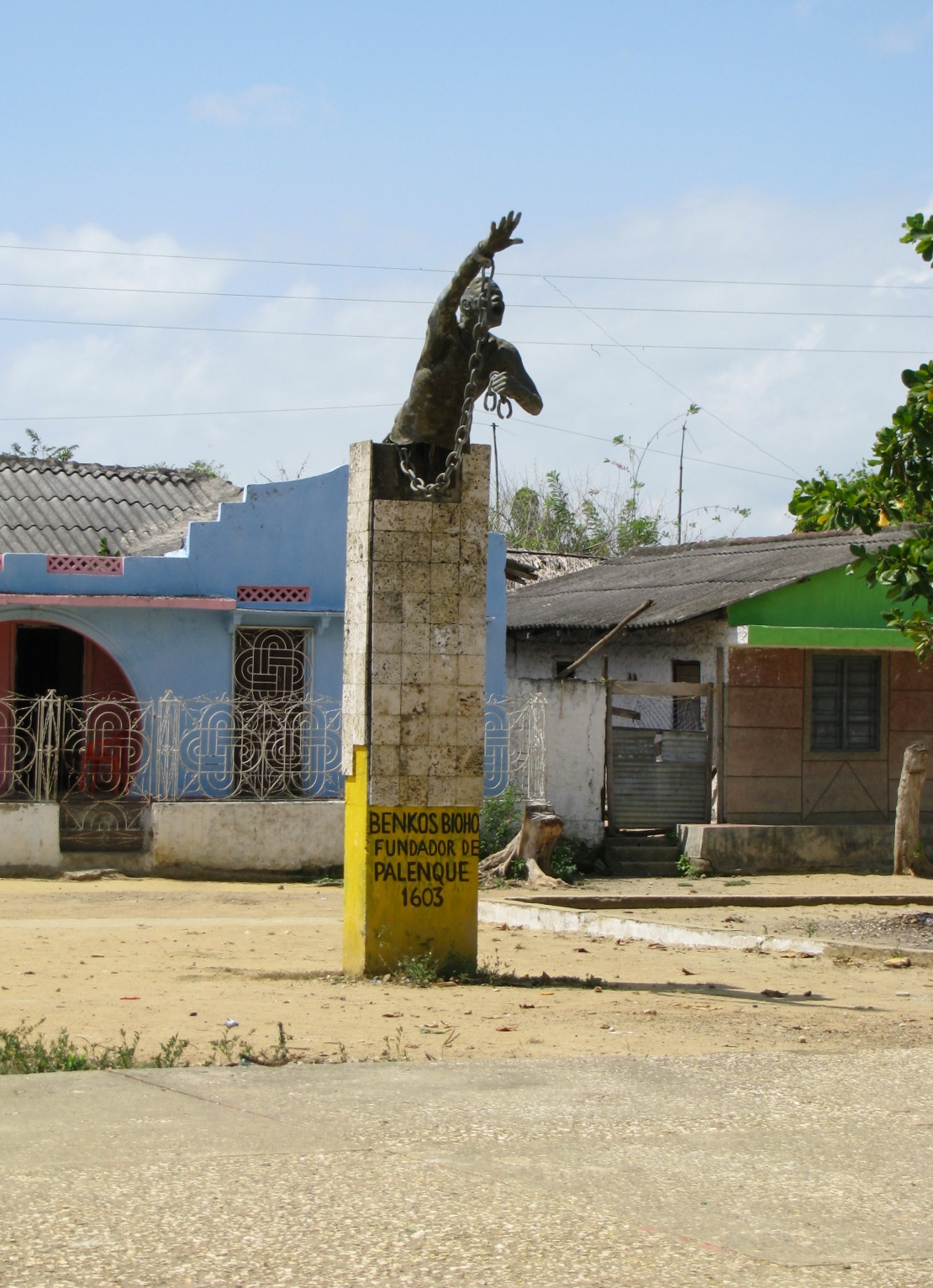
Colombia
Palenque is also the name of a town in Colombia, which was formed by Maroons back in the early 1600s when a slave ship crashed and the Africans aboard escaped into the hills 50 kilometers from the present-day capital, Cartageña. They were led by another royal captive, this time Benkos Biohos of the Angola-Congo region. Over the next century, their numbers swelled as they liberated other enslaved people, both newly arrived Africans and those born in Colombia. By the early 1700s, these Maroons had formed their town, San Basilio de Palenque and signed a peace treaty with the Spanish government.
Their settlement is one of the few maroon towns that has survived intact over the centuries, so much so that the town was declared a UNESCO World Heritage Site in 2008. Their visible culture — cuisine, music, clothing and art — has retained much of the roots those early Africans brought from the continent while also moving along with the times. They even created a new Creole language, Palenquero, which blends Bantu, Spanish, French, English and indigenous languages. It is still spoken today in the town and by the palenqueras — market women who sell their distinctive cuisine in the capital city.

Many other smaller palenques have been documented in Colombia and neighbouring Ecuador. These are mainly connected to the gold and silver mines deeper in the country where the rainforests acted as a barrier against enslavers who would have hunted them down and forced them back into bondage.









